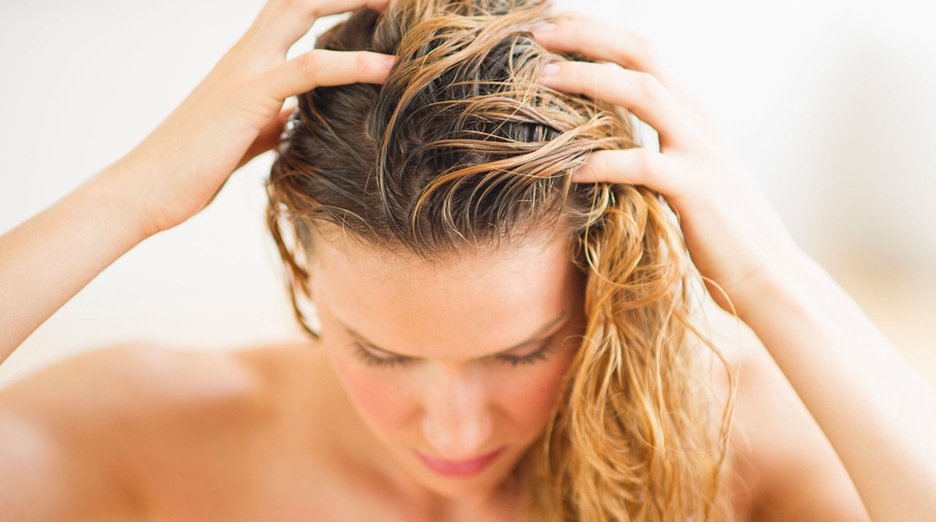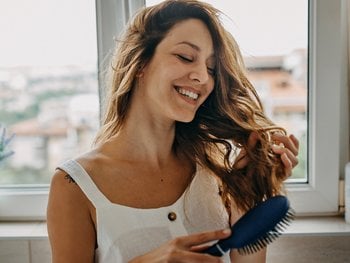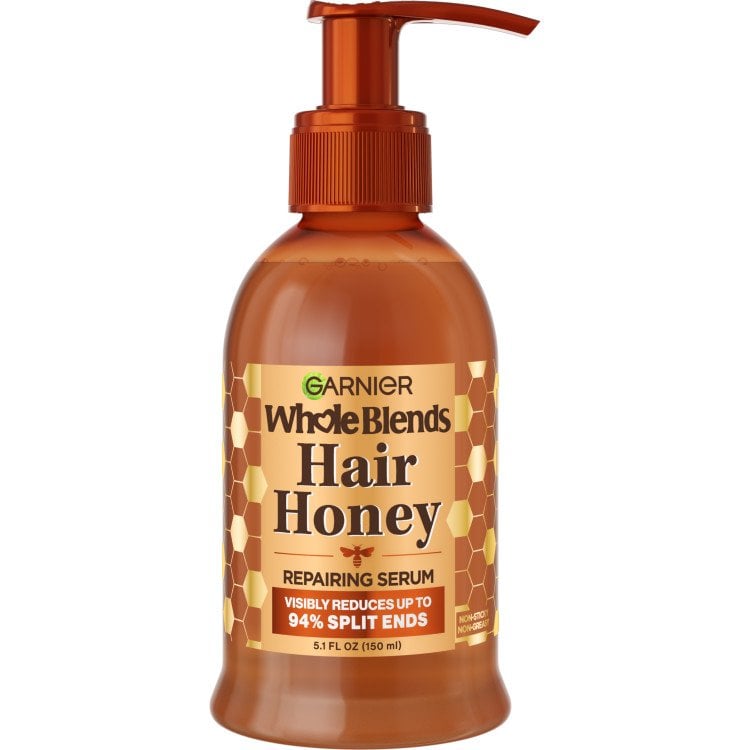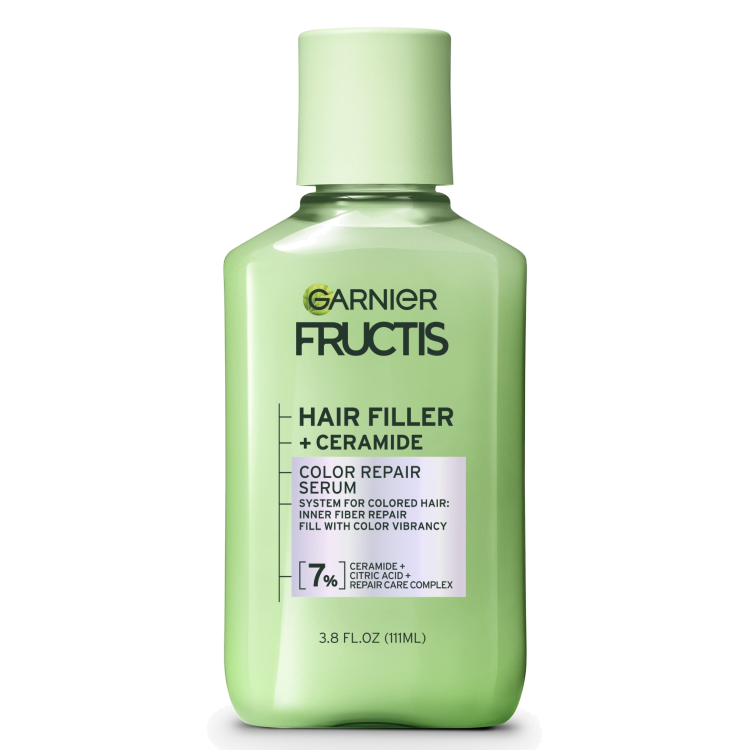How to Apply Hair Masks
Between hot styling, coloring, blow drying and exposure to the elements, your hair goes through a lot of stress that can cause serious damage. Thank goodness the hair fairies invented hair mask treatments to help your locks weather every storm. Here are all the details on what hair masks are, how to use a hair mask, and why they’re so amazing. We can hear your hair cheering already!















